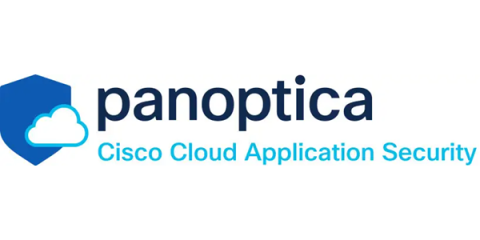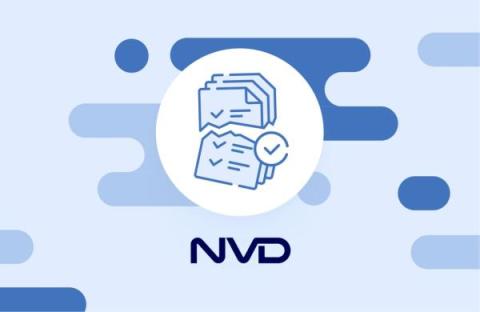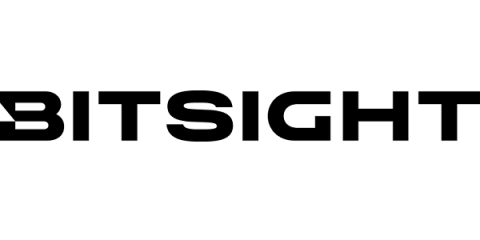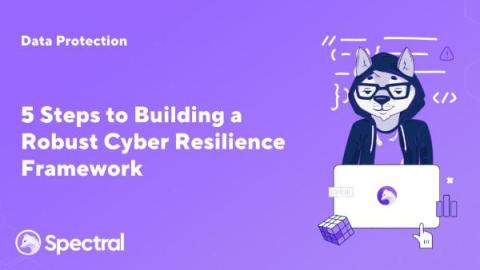Are your APIs secure? Try our new free tool: API Specification Evaluator
Test API specification With the growing footprint of APIs, there is a strong need for secure-by-design APIs. A design blueprint of an API would be a helpful start in determining the security standard of an API. Fortunately, APIs have that blueprint known as an OpenAPI Specification. API Specifications play a crucial role in ensuring the security and functionality of APIs.










